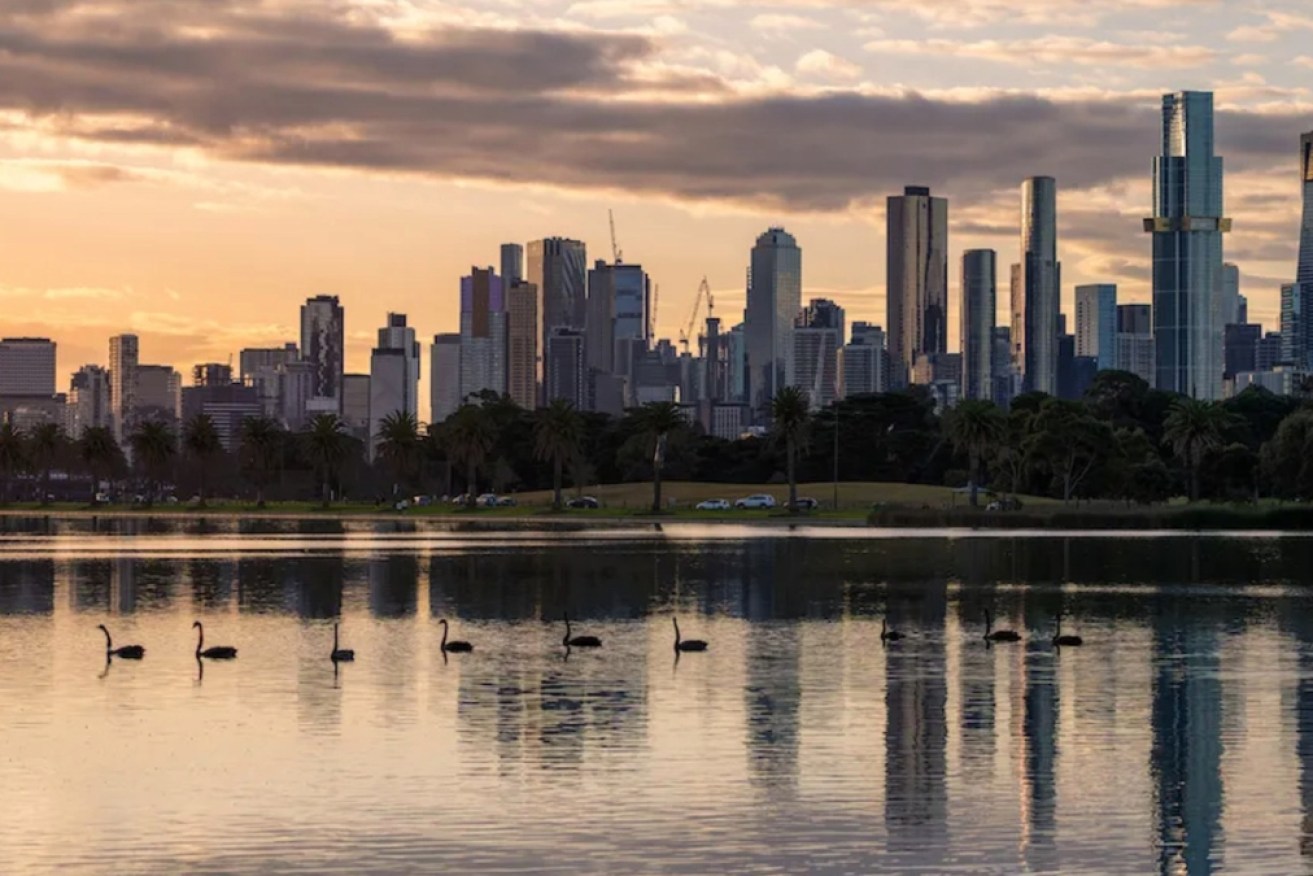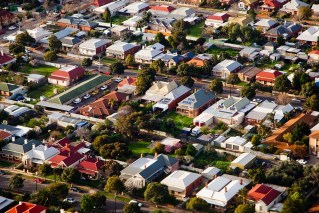Return-to-office mandates and inflation pushing Aussies in and out of cities


Despite high rents and house prices, Melbourne is seeing an influx of residents. Photo: Getty
The rising cost of living and a drop in remote work have seen Australians leave Sydney in droves, with Melbourne and Perth emerging as favourite destinations.
Data sourced by national online removalist booking platform Muval found more than a quarter of Australians have moved for work, with half relocating in the past two years.
Most work-inspired moves were to another suburb, but almost a quarter relocated to another city, 27 per cent moved to another state, and 6 per cent to a regional area.
More than a third of 2023 relocations were made to reduce the impact of the cost-of-living crunch, a three-fold increase on the previous year.
Aussies on the run from Sydney housing market
Muval moving guru Alana Lowes said the majority of Australians are moving in search of more affordable housing.
She cited a case of a Muval customer who – after their rent was raised by $500 per month this year – found it more affordable to stay at an Airbnb in Melbourne and fly back and forth between Sydney when required for work than to actually live in Sydney.
“Last year what we saw was that the main reason for people to move was actually to upgrade their home,” Lowes said.
“Whereas this year it’s about going, ‘We need to find more affordable housing, because we just can’t live here any more.'”
An average of every one in three outbound metro moves was from Sydney between December 2022 and November 2023, with many more people moving out than in to the city,
Adelaide has also fared poorly, as it entered its 16th straight month of negative net migration in November, which Lowes said largely stemmed from a lack of work opportunities compared to cities such as Melbourne and Brisbane.
Between December 2022 and November 2023, Adelaide residents have mostly been hopping across the border to Melbourne.
Melbourne proves to be an unlikely refuge
Although Perth continues to boast the highest net migration rate in the country, Melbourne has been the No.1 city to move in Australia for the past 21 months in a row.
It’s a big turnaround for Melbourne, which haemorrhaged residents during the pandemic amid some of the world’s toughest lockdowns.
Lowes said Melbourne’s revival is largely thanks to an increase in return-to-office mandates; the number of Australians working from home dropped by more than 3 per cent between 2021 and 2023.
“[Sydney’s] outbound migration numbers are sky high at the moment compared to Melbourne, and what we can tell from that kind of trend is that there’s obviously…more affordable cost of living [in Melbourne],” she said.
“You may be getting a bit more bang for your buck; maybe spending the same amount, but you might be closer to work, closer to the city, or [living in] a larger house, or have the ability to be able to share that house because it does have more bedrooms.”
The relative affordability of cities such as Perth and Melbourne compared to Sydney is under pressure from the recent influx of residents, which have seen the cities recording the second and third-lowest vacancy rates in the country, respectively, according to CoreLogic data.
Low vacancy rates are strongly linked to high rents and house prices.
Young workers most affected by high cost of living
Cities such as Melbourne may be more affordable than Sydney, but that doesn’t mean they’re cheap to live in.
Rents have never been less affordable than this year, according to Anglicare Australia.
In November, CoreLogic found rents have been rising at the national level since August 2020 (40 months), although rental price growth is expected to slow as Australia moves past the peak of international migration numbers, household sizes normalise, and more HomeBuilder projects are completed.
Muval found the people most affected by high housing costs and overall inflationary pressures were young Australians, with the majority of those who moved for work in the past 12 months aged 18 to 34.
Over the past two years, more 18 to 24-year-olds have moved for work than any other age group, with lower salaries than other age groups likely to blame.
“When you’re just starting out in your career, you are working to make ends meet week to week; you really don’t save any anything … because you are starting out on those lower salaries,” Lowes said.
“People have to make the move to be able to afford their lifestyle.”
She said those who couldn’t afford to live in Sydney on entry-level salaries need to look into moving to other cites, or even out to regional areas.
Regional towns have already seen an influx of people hoping to get more for their money in local housing markets, with Millennials and Gen X having accounted for the largest proportion of movers to the highest-growth regional areas in the year to March.








